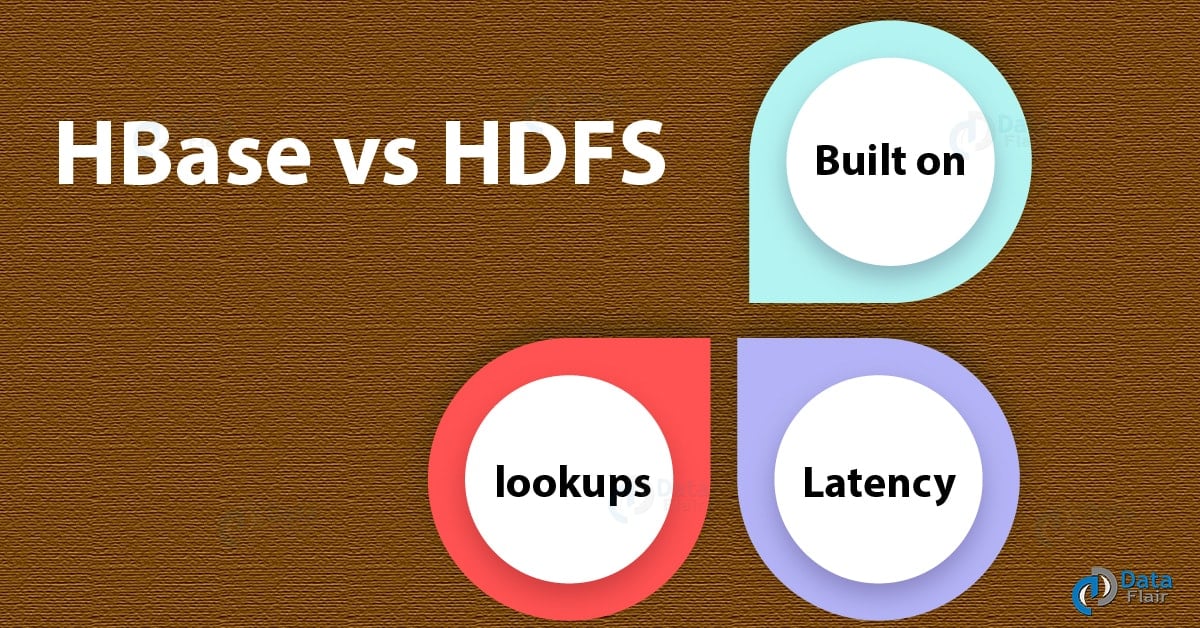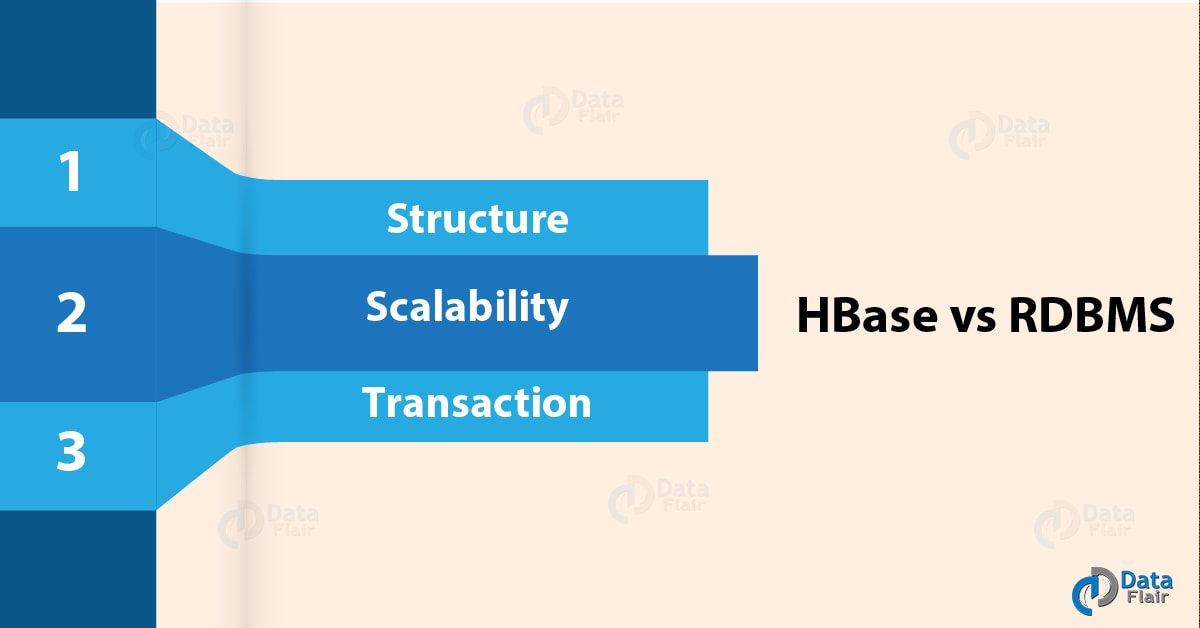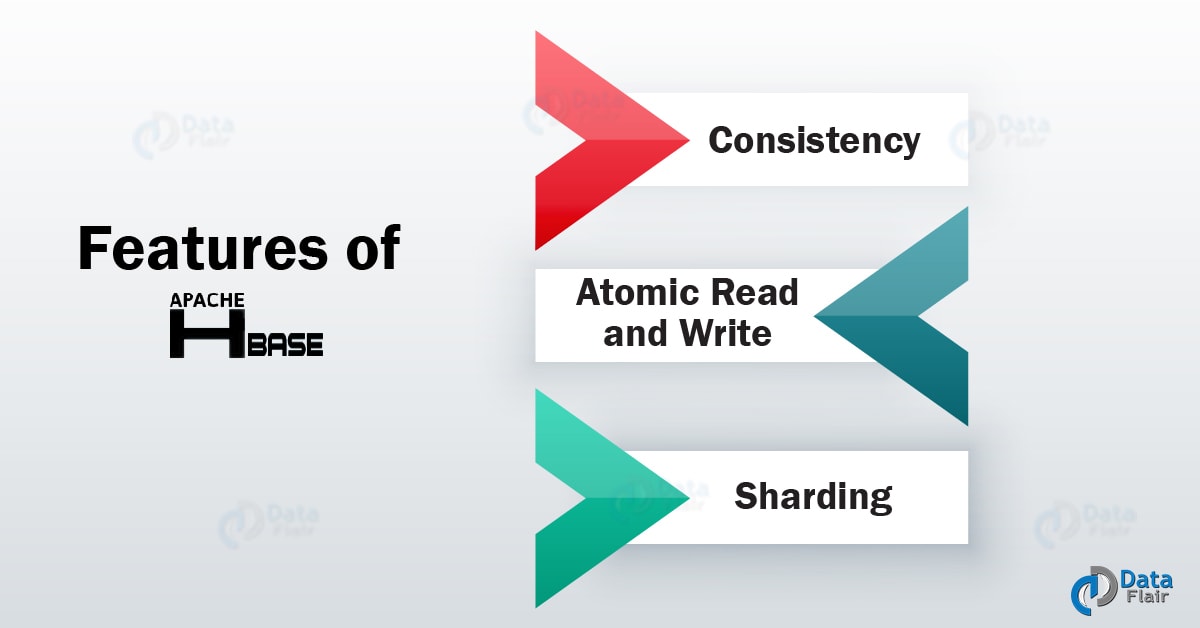Top 30 HBase Interview Questions – Crack Interview
In this HBase article “HBase Interview Questions Part 1”, here we are collecting top 30 HBase interview questions to give you an idea of the type of HBase Interview Questions which may come across in the interview. Also, we are giving answers which are correct as well to give you complete assistance.
These HBase Interview Questions is for both freshers as well as experienced. Follow all the link to learn more about HBase. This link gives you a detailed description of the particular topic.
So, let’s start latest HBase Interview Questions.
Mostly Asked HBase Interview Questions
So, here is the list of frequently asked HBase Interview Questions you may come across:
1. What is Apache HBase?
Ans. An Open Source, Hadoop project which is distributed as well as has its genesis in the Google’s Bigtable. This is what we call Apache HBase. programming language of HBase is Java. Moreover, now it is considered an integral part of the Apache Software Foundation as well as the Hadoop ecosystem.
2. What is HBaseFsck class?
Ans. There is a tool name hbck is available in HBase, which is implemented by the HBaseFsck class. Basically, it offers several command-line switches that influence its behavior.
3. What is REST?
Ans. Rest explains the semantics so that we can use the protocol in a generic way to address remote resources. Also to communicate with the server, it supports different message formats, offering many choices for a client application.
4. Define Thrift?
Ans. In C++, Apache Thrift is written, but for many programming languages, it offers schema compilers, which includes Java, C++, Perl, PHP, Python, Ruby, and more.
5. What are the fundamental key structures of HBase?
Ans. Row key and Column key are the fundamental key structures of HBase.
6. What is JMX?
Ans. To export status of Java applications, the Java Management Extensions technology is the standard for them.
5. What is Nagios?
Ans. A very commonly support tool for gaining qualitative data regarding cluster status is Nagios. On a regular basis, it polls current metrics and also compares them with given thresholds.
6. What is the syntax of describe Command?
Ans. Syntax –
hbase> describe tablename
7. What is the use of exists command?
Ans. In order to check that the specified table exists or not, the exists command is used.
8. What is the use of MasterServer?
Ans. To assign a region to the region server as well as to handle the load balancing we use the MasterServer.
9. What is HBase Shell?
Ans. A Java API by which we communicate with HBase is what we call HBase Shell.
10. What is the use of ZooKeeper?
Ans. To maintain the configuration information and communication between region servers and clients, we use the zookeeper. Also, it offers distributed synchronization.
HBase Interview Questions for Freshers – Q. 1,3,4,5,7,8,9,10
HBase Interview Questions for Experienced – Q. 2,6
11. Define catalog tables in HBase?
Ans. In order to maintain the metadata information, we use Catalog tables.
12. Define cell in HBase?
Ans. The smallest unit of HBase table which stores the data in the form of a tuple is what we call Cell in HBase.
13. Define compaction in HBase?
Ans. Basically, a process which is used to merge the Hfiles into the one file and after the merging file is created and the then old file is deleted this is the process of Compaction.
14. What is the use of HColumnDescriptor class?
Ans. The information about a column family like compression settings, Number of versions etc, stores in HColumnDescriptor.
15. What is the function of HMaster?
Ans. For monitoring all Region Server instances in clusters, a MasterServer is responsible.
16. How many compaction types are in HBase?
Ans. Compaction in HBase are of two types:
- Minor Compaction
- Major Compaction.
17. Define HRegionServer in HBase
Ans. The server which is responsible for managing and serving regions is what we call HRegionserver.
18. Which filter accepts the page size as the parameter in HBase?
Ans. A filter named PageFilter accepts the page size as the parameter.
19. Which method is used to access HFile directly without using HBase?
Ans. In order to access HFile directly without using HBase, we use HFile.main() method.
20. Pros of HBase?
Ans. There are various advantages of HBase, like:
- Large data sets:
It can easily handle as well as stores large datasets on top of HDFS file storage. - Databases breakdown:
When relational databases breakdown at that time, HBase shine. - Fast Processing:
In HBase, data reading and processing will take the less amount of time. - Failover support and load sharing:
Since HDFS is internally distributed and automatically recovered and HBase runs on top of HDFS, so HBase is automatically recovered. And with the help of RegionServer replication, we have this failover facility. - Scalability:
In both linear and modular form, Scalability supports.
HBase Interview Questions for Freshers – Q. 11,12,13,15,16,17,19
HBase Interview Questions for Experienced – Q. 14,18
21. Cons of HBase?
Ans. There are various disadvantages to HBase, like:
- Single point of failure:
At the time when only one HMaster is used, there is a possibility of failure. - No transaction support:
In HBase, there is no support for the transaction. - No handling of JOINS in database:
Instead of the database itself, JOINs are handled in MapReduce layer.
22. Specify some uses of HBase.
Ans. Most Use cases of Apache HBase are:
- To have random, real-time read/write access to Big Data, Apache HBase is great.
- To host very large tables on top of clusters of commodity hardware Apache HBase is a great choice.
- HBase is a non-relational database modeled.
23. State some applications of HBase.
Ans. some applications of HBase are:
- For write-heavy applications, we can use Apache HBase.
- Moreover, for fast random access to available data, HBase is a good choice.
- And companies, like Twitter, Facebook, Yahoo, and Adobe etc. are using HBase internally.
24. Compare HBase vs HDFS.
a. Built on:
- HBase
Basically, it is built on top of the HDFS.
- HDFS
Whereas, for storing large files, it is suitable.
b. lookups
- HBase
For larger tables, basically, it offers fast lookups.
- HDFS
However, HDFS does not offer fast lookups.
c. Latency
- HBase
It provides low latency access.
- HDFS
And, it provides high latency batch processing.
25. Compare HBase vs RDBMS.
Below given is the feature wise comparison of HBase vs RDBMS:
a. Structure
- HBase
Structure of HBase is schema-less.
- RDBMS
Well, RDBMS is governed by its schema only.
b. Scalability
- HBase
Basically, for wide tables, it is built and also it is horizontally scalable.
- RDBMS
But, RDBMS is thin and built for small tables also it is Hard to scale.
c. Transaction
- HBase
No transactions possible in HBase.
- RDBMS
RDBMS is transactional.
26. Any 3 Features of HBase.
Some features of HBase are:
a. Consistency
For high-speed requirements, we can use it due to its consistent reads and writes.
b. Atomic read and write
At the time of one read or write process, different processes are prevented from performing any read or write operations that’s why it is named as Atomic read and write.
c. Sharding
HBase offers automatic and manual splitting of regions into smaller subregions when it reaches a threshold size.
27. How many types of HBase Operations are there?
Ans. There are two basic types of HBase Operations:
- Read Operation
- Write Operation
28. Explain HBase Architecture in brief?
Ans. Basically, servers in an HBase Architecture are of 3 types HMaster, Region Server, and ZooKeeper.
i. Servers which serve data for reads and write purposes is Region servers. That means while accessing data clients can directly communicate with HBase RegionServers.
ii. HBase Master handles the region assignment as well as DDL (create, delete tables) operations.
iii. And, Zookeeper maintains a live cluster state.
29. What is HBase HMaster?
Ans. Basically, for region assignment as well as DDL (create, delete tables) operations, HBase master is responsible.
Main responsibilities of a master are:
a. Coordinating the region servers
b. Admin functions
30. Explain HBase Meta Table?
Ans. A special HBase Catalog table is META table. Mainly, it holds the location of the regions in the cluster.
- Also, it keeps a list of all regions in the system.
- .META. table’s structure is :
Key: region start key, region id
Values: RegionServer
HBase Interview Questions for Freshers – Q. 21,22,23,24,25,26,27,29
HBase Interview Questions for Experienced – Q. 28,30
So, this was all about HBase Interview Questions. Hope it helps.
Conclusion: HBase Interview Questions
Hence, we saw some basic and important HBase Interview Questions with their Answers. Moreover, you can prepare yourself with these HBase Interview questions and crack the interview in the first attempt. Still, if any doubt, you can ask in the comment tab.
Did you know we work 24x7 to provide you best tutorials
Please encourage us - write a review on Google




